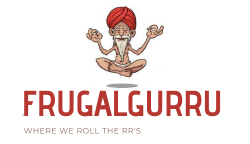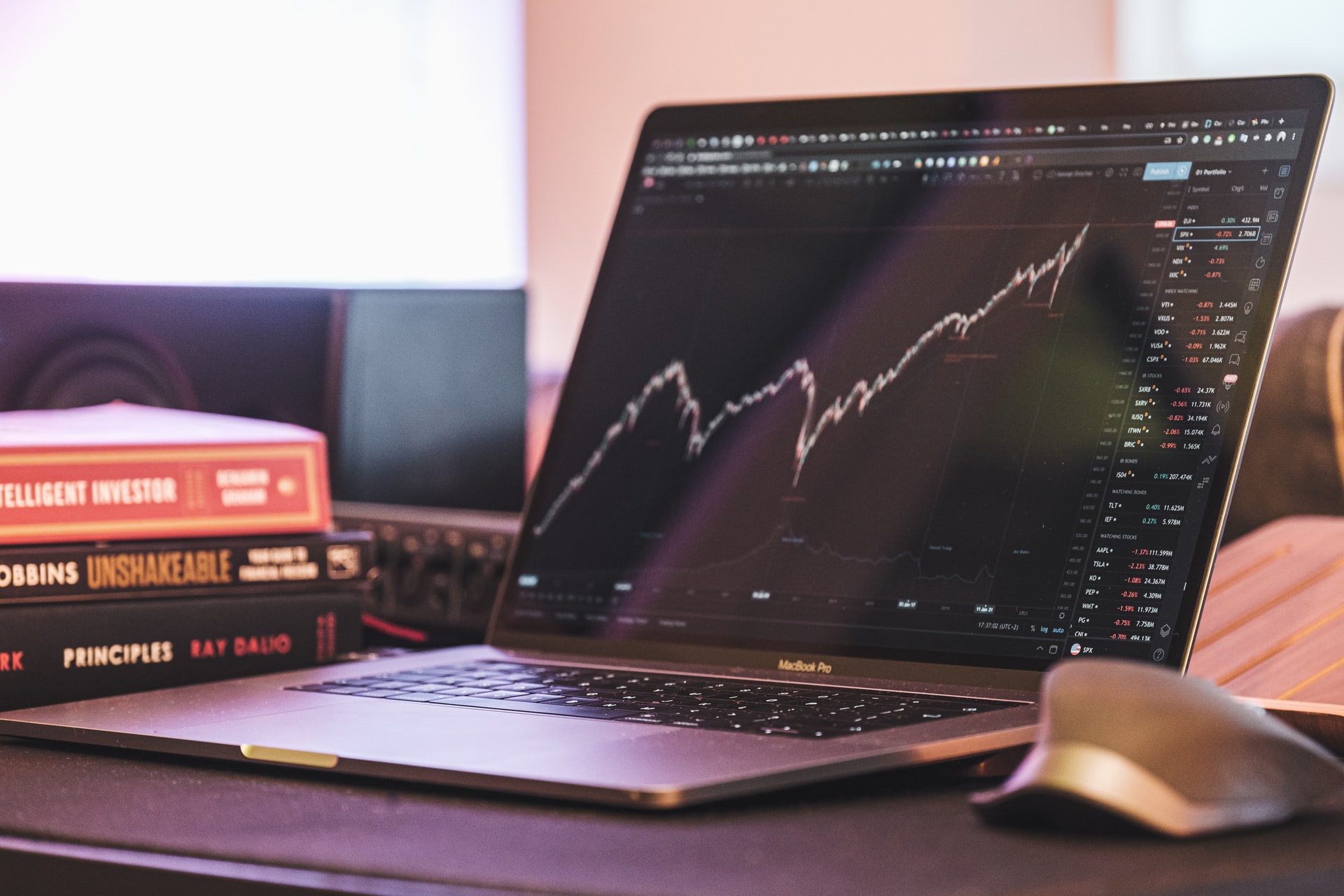After high returns on innovation-related investment strategies from 2020 to early 2021, the stock market has seen rapid rotation to value-based investment strategies such as economy-sensitive stocks in recent months. I did. ARK believes that this rotation has significantly expanded and strengthened the bull market. Avoiding the recurrence of the IT bubble and setting the stage for a further leap in innovation-related investment strategies.
If the stock market had been heavily focused on innovation-related stocks, the probability of a stock market crash such as the bursting of the IT bubble would have increased. Rather, valuations have reset, centered on “home-based” stocks, many of which are below half the level of last summer. ARK believes that the major changes in the world following the Coronavirus crisis will be permanent. And that home-based and other innovation-driven stocks will regain momentum.
From late last year to early this year, many investors increased their asset allocation to innovation-related investment strategies. This strategy seems beneficial given the unexpectedly high growth of the five innovation platforms. We have focused on researching, even during peak market times.
DNA analysis, robotics, energy storage, artificial intelligence, and blockchain technology. These platforms, enabled by 14 core technologies, have warmed up over the last 20-30 years. But have only recently reached their “escape velocity” and in the next 5-10 years. Our view is to follow an exponential growth trajectory.
Fear, Uncertainty and doubt
Fortunately, fear, uncertainty, and doubt, the so-called FUD, give investors the opportunity. An opportunity to invest in innovation strategies at levels that are about 30-40% cheaper than their latest highs. Brought. FUD usually accelerates the spread of new technologies. Doubtful companies and consumers change their behavioral patterns. They are adopting cheaper, more productive, and more creative products and services than traditional ones.
The pandemic of the new coronavirus has accelerated the behavioral changes that have already begun. Now the world is recovering from the shock, it will not go back. Therefore, the long-term revenue forecasts of companies that enable 14 technologies related to disruptive innovation have remained largely unchanged over the past three months. However, the stock prices of those companies have fallen by an average of 30-40%, as mentioned above.

Why has the rotation from growth stocks to value stocks in the stock market progressed and how long will it last?
We believe that the main reasons for such rotations over the last three months are as follows:
The profit growth of cyclical companies temporarily exceeds the upward-sloping growth pace of early-stage companies. And it is compared with the V-shaped recovery, of cyclical companies. As earnings growth accelerates, both inflation expectations and interest rate rise expectations have risen. And the discount rate used to assess long-term cash flow has risen.
ARK believes that these factors will disappear in the next six months. And the volatility of the equity, fixed income, and commodities markets is so high that it may come sooner. increase. This V-shaped recovery is inevitable, as various policies from around the world have boosted consumer savings and stimulated consumption of durable and non-durable goods, as detailed at this time last year. In addition, companies have reduced inventories and capital investment from the prospect that the recession will prolong. But now the situation is that inventories are at the lowest level ever for sales. I am busy responding to.
Commodities market
In fact, it’s no wonder that after a company orders two or three times as much inventory to keep up with demand, Demand for durable and non-durable goods ends up disappointing. Consumers are vaccinated, they are now moving to meet deferred demand in the services sector.
Spending on durable and non-durable goods, which normally occupy one-third of the consumer goods market, has increased to more than 41% of total consumption over the past year. Consumers now appear to be increasing their spending on services, reducing consumer goods to less than 30% of total spending. And supply chain problems could end quite abruptly.
Commodity prices can react to oversupply and fall as suddenly and sharply as they have risen in the past year. The fact that 10-year Treasury yields are already stalling below the 1.74% reached on March 31 may suggest the possibility of this scenario.
Interestingly, in the last six months, the two sectors that we believe will have the greatest disruptive impact of innovation over the next five years have benefited most from rotation to the sensitive sector. It’s energy and financial services. The energy sector has returned 77.67% since September 30, 39.06% year-to-date, and the financial services sector has 56.17% and 26.77%, respectively, well above the 23.57% and 10.19% of the overall S & P 500 index. In our view, digital wallets, including self-driving electric vehicles and decentralized financial services (Defi), which are more widely associated with cryptocurrencies and blockchain technology, will significantly disrupt both energy and financial services over the next five years. The brokerage business is expected to be eliminated.




